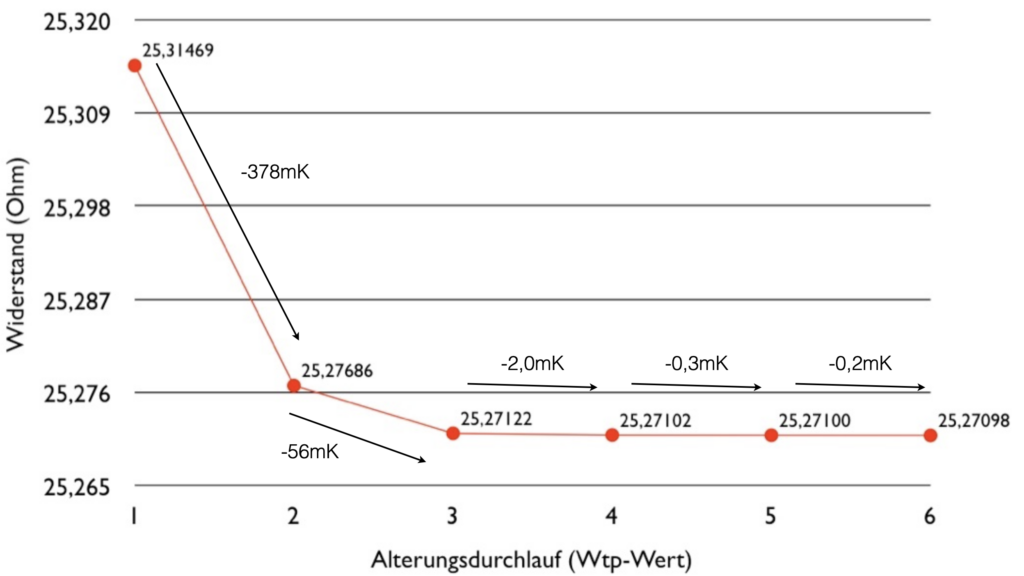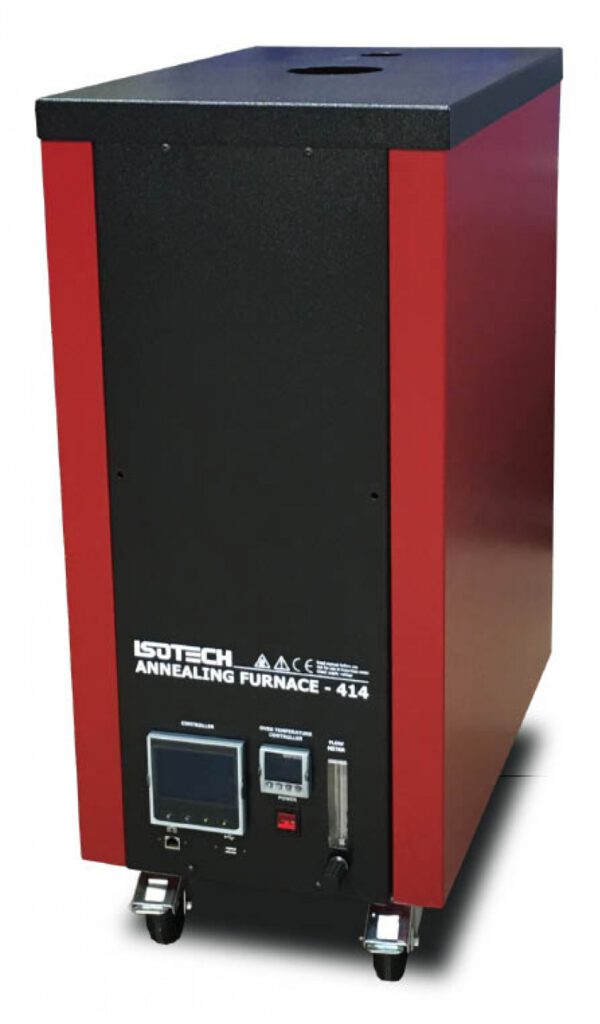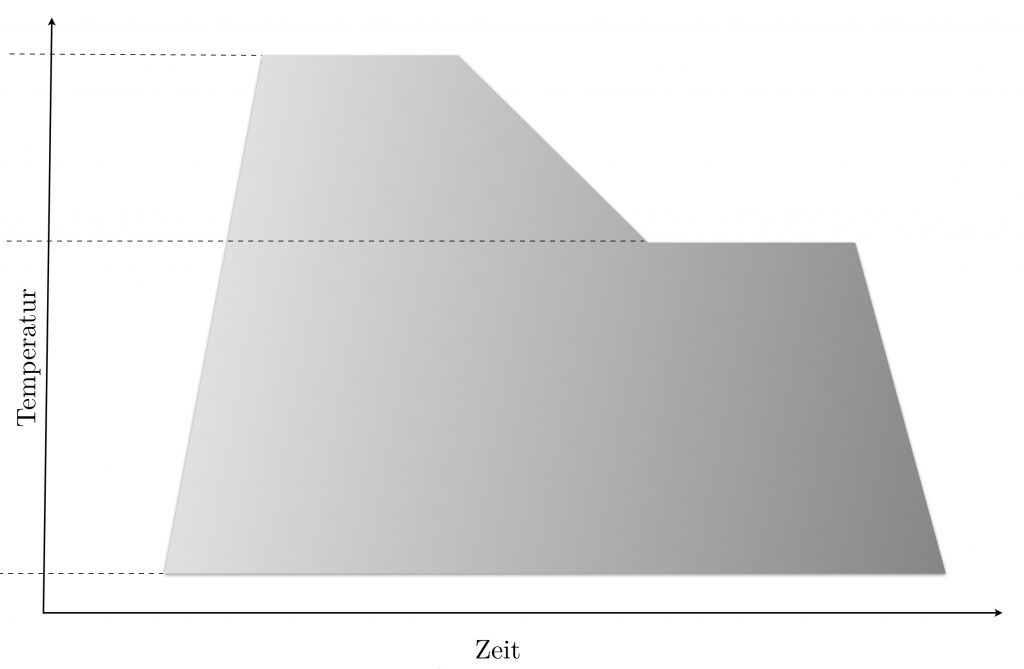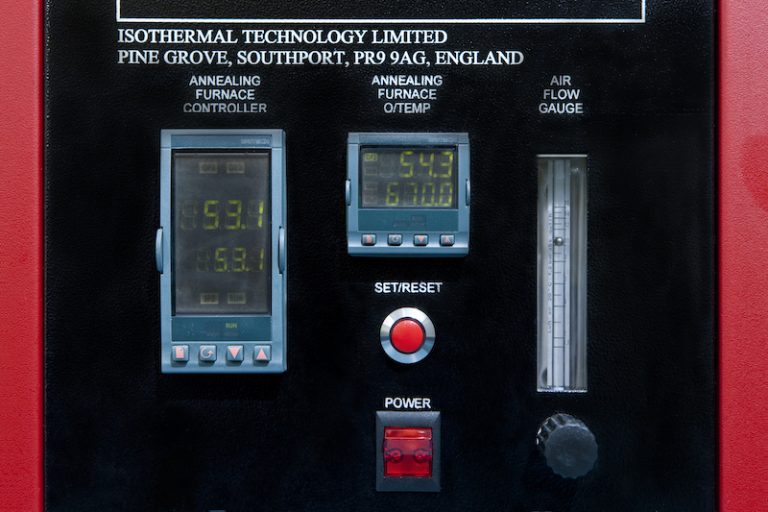The key to thermometer stability: controlled annealing
In the dynamic field of temperature measurement, an effective method of increasing the precision and lifetime of thermometers has become established: the stabilization of thermometers through controlled annealing. Klasmeier’s DAkkS (ISO/IEC 17025) calibration laboratory uses a wide range of temperature probes, including standard thermometers, reference thermometers, SPRTs, HTPRTs, Pt100 and Pt25. These are systematically annealed through a specific temperature cycle. This is done in a stabilization furnace specially designed by ISOTECH.
Table of Contents
Why is it necessary to stabilize thermometers?
The use of platinum resistance thermometers in laboratory applications shows a certain instability in the measuring resistances over a period of time, a phenomenon known as “thermometer drift”. The reasons for this drift are varied and can include, for example, mechanical effects such as vibrations during transport, mechanical shocks or the use of circulating liquid baths. Impurities, diffusion of contaminants and the use of silicone oil as a calibration medium can also cause it. Other factors include thermal stress due to long-term use at varying and high temperatures and incorrect cooling procedures. Oxidation effects on the temperature detector during long-term use between 200 °C and 450 °C can also cause drift effects.
How does stabilisation work?
A proven way to reduce this drift is the controlled thermal treatment of thermometers, also known as annealing. This process can in many cases reverse the unwanted changes and improve the stability of the thermometer.

A look at the typical process of annealing at the water triple point of a PT25 standard thermometer (SPRT) shows the efficiency of this procedure. After each annealing cycle, the stability of the thermometer should be checked and documented at the water triple point.
How is the stabilisation of the thermometers done?
A key challenge in calibration is to ensure that the calibrated thermometers are always within their specifications. This is achieved through stabilisation.
ISOTECH’s specially designed stabilising furnace will heat the thermometers to the calibration temperature, anneal them there and then cool them down. The furnace can cover temperatures from room temperature up to 1000°C, allowing all types of SPRTs to anneal up to the silver fix point (961.78 °C).

Furnace for stabilising thermometers
The stabilising furnace, developed by ISOTECH, is used for the preparation of standard thermometers (SPRTs) and types of similar thermometers such as Pt100 and Pt25, reference thermometers, etc..
It is used for preheating, annealing and cooling of thermometers before their calibration. With a temperature range from room temperature to 1000°C, the furnace is able to stabilise a wide range of thermometer designs, including SPRTs.
It is also important to note that the importance of annealing increases with calibration temperature. The higher the operating temperature of the temperature sensors, the more porous the quartz becomes, which can lead to rapid contamination of the SPRT. To prevent this contamination at high temperatures, the temperature probes are continuously circulated with preheated air.
How are annealing parameters and air circulation set?
Careful setting of the annealing parameters is just as important as choosing the right stabilising furnace. The stabilising furnace is programmed using the eXacal software so that heating and cooling to the various annealing temperatures takes place at a defined rate. This prevents the temperature detector from being stressed or damaged by huge temperature steps. When cooling down from high temperatures, an annealing phase is kept to protect the temperature detector.

The annealing cycles are repeated until the temperature sensor has become stable within its specification. The progress of annealing is measured, evaluated and documented at the water triple point.

In conclusion, controlled annealing of thermometers is an essential method for guaranteeing highhttps://klasmeier.engineer/wp-content/uploads/Alterungsofen-Widerstandsthermometer-Klasmeier.jpeg precision and a long service life of the instruments. It enables professionals in calibration services like Klasmeier to consistently deliver high-quality and accurate measurement results.


